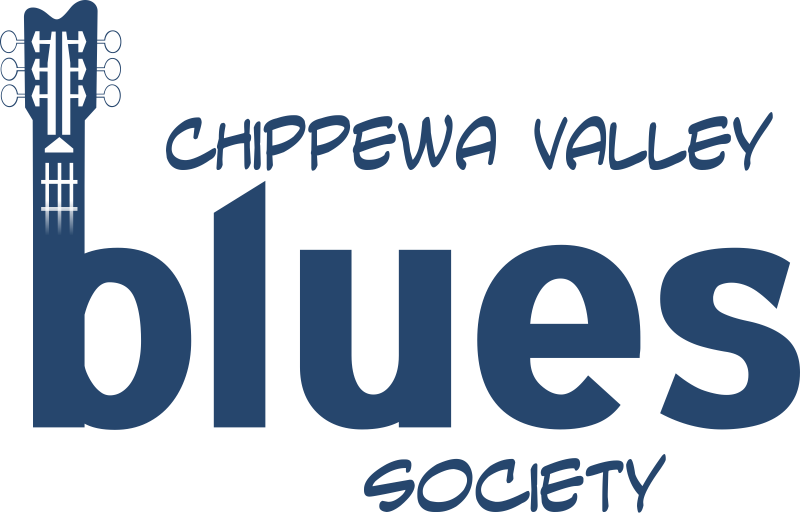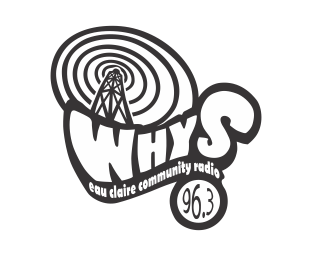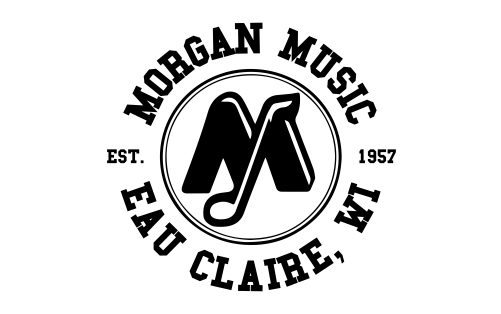February 2011
/Here it is middle of winter, diggin’ out from another snowfall, dreading another temperature drop into the deep freeze of sub-zero nights in our corner of the world called Northwest Wisconsin. Someone who always lifts my spirits with his music is an artist that goes by the unlikely moniker of Taj Mahal. You probably have heard of him, he’s been recording and performing for over 40 years now. I can’t tell you how many Saturday mornings the first thing I’d do is put an LP on the turntable and wake the house with the strains of “Good morning Miss Brown! Good mornin’ how do you do?” and follow Taj as he was “Goin' up the country, gonna paint my mailbox blue!”
So here is the Bio from his website http://www.tajblues.com If you haven’t had the pleasure of hearing this wonderful performer, visit the website and have your speakers turned on, it is a treat!
Taj Mahal is one of the most prominent and influential figures in late 20th century blues and roots music. His artistic scope includes music representing virtually every corner of the world – west Africa, the Caribbean, Latin America, Europe, the Hawaiian islands and so much more. What ties it all together is his insatiable interest in musical discovery. His passion and curiosity have led him around the world, resulting in the global perspective reflected in his music.
Born Henry St. Claire Fredericks in Harlem on May 17, 1942, Taj grew up in Springfield, Massachusetts. His father was a jazz pianist, composer and arranger of Caribbean descent, and his mother was a gospel singing schoolteacher from South Carolina. Both parents encouraged their children to take pride in their diverse ethnic and cultural roots. His parents started him on classical piano, but after only two weeks, young Henry had other plans about what and how he wanted to play. In addition to piano, he learned to play the clarinet, trombone and harmonica, and he loved to sing. He discovered his stepfather's guitar when a guitarist from North Carolina moved in next door and taught him the various styles of Muddy Waters, Lightnin' Hopkins, John Lee Hooker and Jimmy Reed and other titans of Delta and Chicago blues.
Henry studied agriculture at the University of Massachusetts at Amherst in the early 1960s. Inspired by a dream, he adopted the musical alias of Taj Mahal and formed the popular U. Mass party band, the Elektras. After graduating, he headed west in 1964 to Los Angeles, where he formed the Rising Sons, a six-piece outfit that included guitarist Ry Cooder. The band opened for numerous high-profile touring artists of the ‘60s, including Otis Redding, the Temptations and Martha and the Vandellas. Around this same time, Taj also mingled with various blues legends, including Howlin' Wolf, Muddy Waters, Junior Wells, Buddy Guy, Lightnin' Hopkins and Sleepy John Estes.
This diversity served as the bedrock for Taj's first three recordings: Taj Mahal (1967), The Natch'l Blues (1968) and Giant Step (1969). In the 1970s, Taj carved a musical niche with a string of adventurous recordings, including Happy To be Just Like I Am (1971), Recycling the Blues and Other Related Stuff (1972), the GRAMMY®-nominated soundtrack to the movie Sounder (1973), Mo' Roots (1974), Music Fuh Ya (Music Para Tu) (1977) and Evolution (The Most Recent) (1978).
Taj's recorded output slowed during the 1980s as he toured relentlessly and immersed himself in the music and culture of his new home in Hawaii. Still, that decade saw the release of Taj in 1987, and the first three of his celebrated children's albums on the Music For Little People label.
He returned to a full recording and touring schedule in the 1990s, including such projects as the musical scores for the Langston Hughes/Zora Neale Hurston play Mule Bone (1991) and the movie Zebrahead (1992). Later Dancing the Blues (1993), Phantom Blues (1996), An Evening of Acoustic Music (1996) and the GRAMMY®-winning Señor Blues (1997) were all commercial and critical successes.
Taj continued to explore world music, beginning with the aptly titled World Music in 1993. He joined Indian classical musicians on Mumtaz Mahal in 1995, and recorded Sacred Island, a blend of Hawaiian music and blues, with the Hula Blues in 1998. Kulanjan, released in 1999, was a collaborative project with Malian kora player Toumani Diabate (the kora is a 21-string west African harp). In 2000, Taj released a second GRAMMY®-winning album, Shoutin' in Key, and recorded a second album with the Hula Blues, Hanapepe Dream, in 2003.
Taj joins the Heads Up International label in the fall of 2008 with the worldwide release of Maestro: Celebrating 40 Years. This twelve-track set mixes original material, chestnuts from classic sources, and songs written by a cadre of highly talented guest artists. This anniversary gala includes performances by Ben Harper, Jack Johnson, Ziggy Marley, Angelique Kidjo, Los Lobos and others.
"The one thing I've always demanded of the records I've made is that they be danceable," he says. "This record is danceable, it's listenable, it has lots of different rhythms, it's accessible, it's all right in front of you. It's a lot of fun, and it represents where I am at this particular moment in my life. This record is just the beginning of another chapter, one that's going to be open to more music and more ideas. Even at the end of forty years, in many ways my music is just getting started."
Unfortunately, the closest Taj is playing to the Chippewa Valley soon is at The Auditorium Theatre in Chicago on Feb 1st.
I’d like to announce the Chippewa Valley Blues Society will be hosting our Annual Meeting at Action City in the Metropolis Hotel complex (Eau Claire, WI) on Feb. 8th at 7 p.m. We will be providing a pizza buffet for all attendees with current membership. This is the most important meeting of the year so please plan on attending. There will be an election of officers and possibly changes to the by laws, as well as an introduction to our new website. Please go to cvblues.com for additional info.
Thanks for lending me an ear. See ya around
































